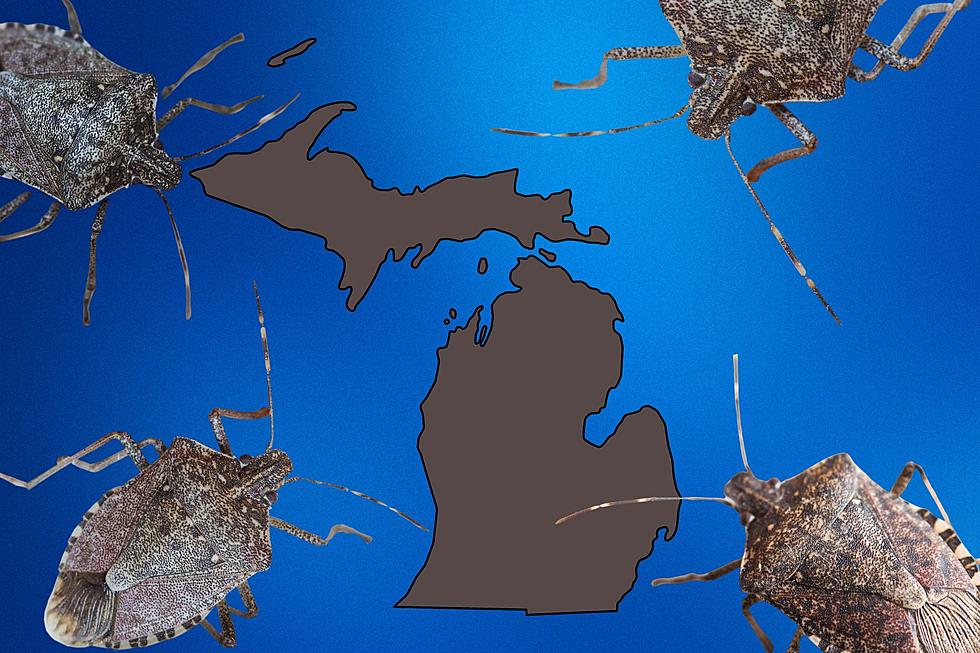
Stink Bugs Emerging Early Michigan: Where They’ve Been Hiding
They're back: Michigan's least favorite invasive species, the brown marmorated stink bug (BMSB). First confirmed in Michigan in 2010, this species seems to have been a part of our lives for eons. With warmer-than-average temperatures comes the chance of a bumper crop of stink bugs. But where have they been holding up for the last few months? Michigan's stink bugs seem to be winter's hide-and-seek champions.
Related: Michigan Stink Bugs: To Squish or Not to Squish?
The stink bug's true superpower is its ability to fit through even the smallest of cracks or crevices around your home. Whether between the tree bark next to your house, napping between your bedroom and siding, or some other equally hard-to-access spot, it's ready to emerge for a snack at the first smell of its favorite food.
How Do Stink Bugs Survive Michigan Winters?
Michigan's stink bug population survives the Mitten State's frigid winters by entering a state similar to hibernation called "diapause." While in diapause, these smelly little bugs can slow their metabolism down to all but a stop once their body temperature is low enough. This allows them to survive for long periods without food and water.
However, if conditions are right, with the temperature high enough to kickstart their metabolism, Michigan's stink bug population will emerge early and begin looking for a food source. A bowl of fruit sitting on a kitchen counter or indoor plants are two of the stink bugs' favorite meals, so wherever they crawl out of diapause, your home may be the nearest buffet.
Michigan usually sees stink bugs emerge during the season around mid-April to early May. However, when we get warmer-than-average temperatures like we have this winter, stink bugs wake up, feast, and seek out a new hiding spot. If their feeding grounds are in your home, chances are they're still there...somewhere, earning another hide-and-seek championship in your attic, basement, or some other equally tricky places to spot.
Related: Michigan Invasive Species Has Potential to Explode
Once they see daylight for 13 to 13.5 hours, they'll ditch their winter hiding spot and create the next generation of stink bugs. If you see one in your home, your best course of action is to escort the little stinker outside rather than squishing it and potentially attracting others. If you're currently looking for a remedy for a sting bug issue, keep reading for some easy do-it-yourself stink bug traps.
Michigan Home Remedies to Get Rid of Stink Bugs
Gallery Credit: Scott Clow
America's 50 Most Bed Bug Infested Cities For 2024
Gallery Credit: Scott Clow
More From 99.1 WFMK









